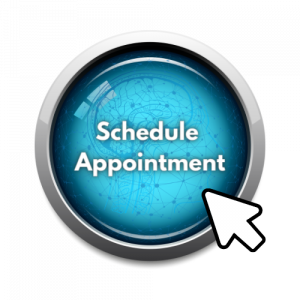Neurodiagnostic Week 2021 takes place from April 18-24. At DENT Neurologic Institute, this is one of many ways we can honor and celebrate our Neurodiagnostic professionals for their contributions by demonstrating their value to quality healthcare.
The purpose of the week is to acknowledge the year-round efforts of the Neurodiagnostic professionals around the world. It is an opportunity to educate others, recruit new students into the profession, and to promote Neurodiagnostic awareness in the community. It is also a great time to celebrate the individual accomplishments of Neurodiagnostic technologists everywhere.
What do Neurodiagnostic technologists do?
Neurodiagnostic Techs record and study the electrical activity of the brain and nervous system in a variety of ways. They work with patients who have diagnoses of epilepsy, coma, sleep disorders, tumors, strokes, and countless more diseases, injuries, and conditions of the central and peripheral nervous systems.
Procedures performed include electroencephalography, evoked potentials, intraoperative neuromonitoring, long-term monitoring, nerve conduction studies and polysomnography or sleep studies.
Electroencephalogram (EEG)
An EEG, the most common test performed, detects electrical activity in the brain. This non-invasive procedure is used to help diagnose a wide array of disorders, including seizure disorders, head injuries, brain tumors, infections, degenerative diseases and metabolic disturbances.
The test involves recording and evaluating electrical activity of the brain, detected through electrodes attached to your scalp that are connected by wires to a computer. The computer will record your brain’s electrical activity represented as wavy lines. During the test, you will lie in a prone position in a relaxed and quiet atmosphere. While in the recording phase of your test, you may be asked to complete simple tasks, such as opening and closing your eyes.
Polysomnography (Sleep Study)
Your head is measured so that all electrodes fit comfortably and securely. Removable marks are made on your scalp where electrodes will be placed. Several others are placed on your chest and legs. Special jelly is applied to each electrode, which is then glued to your scalp and skin with an air blower. To measure your breathing, a plastic belt is placed around your chest. Wires are placed by your nose and mouth to monitor air flow during breathing, and a probe to measure the oxygen saturation of your blood is taped to your finger. Set-up may take 30 minutes or more.
Neurodiagnostic & COVID-19
As the ongoing COVID-19 pandemic evolves, healthcare providers and research experts are learning more about how this virus impacts us. Initially thought to primarily affect the respiratory system, it is now known to be linked to several neurological conditions and is given little media attention. According to a survey ASET conducted in December 2020, Neurodiagnostic technologists witnessed a range of neurological symptoms amongst patients who tested positive or were under investigation for COVID-19.
Neurodiagnostic Week is sponsored by the ASET – The Neurodiagnostic Society and is celebrated annually during the third week of April.

